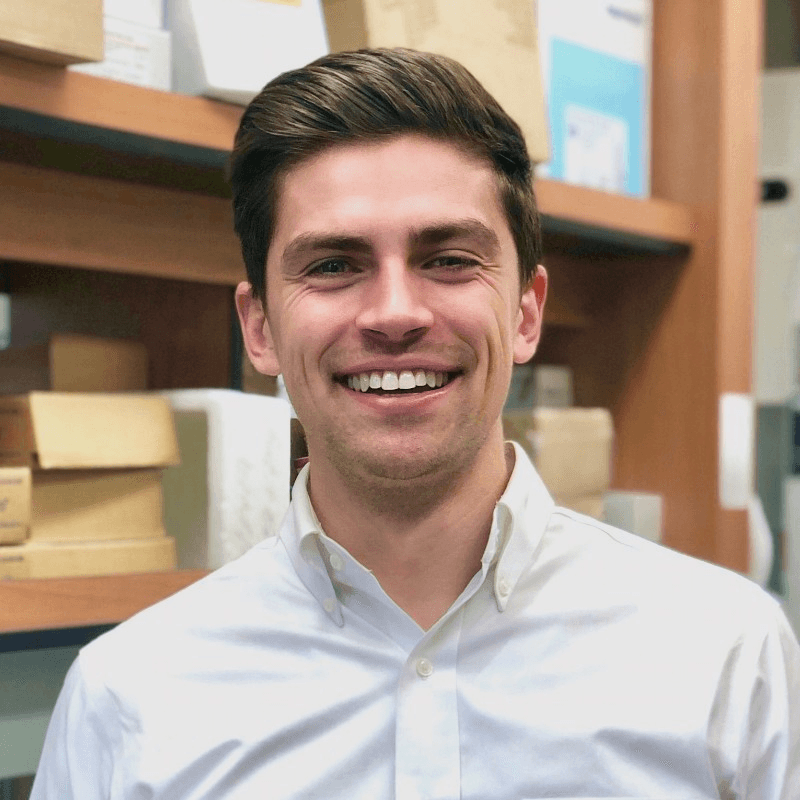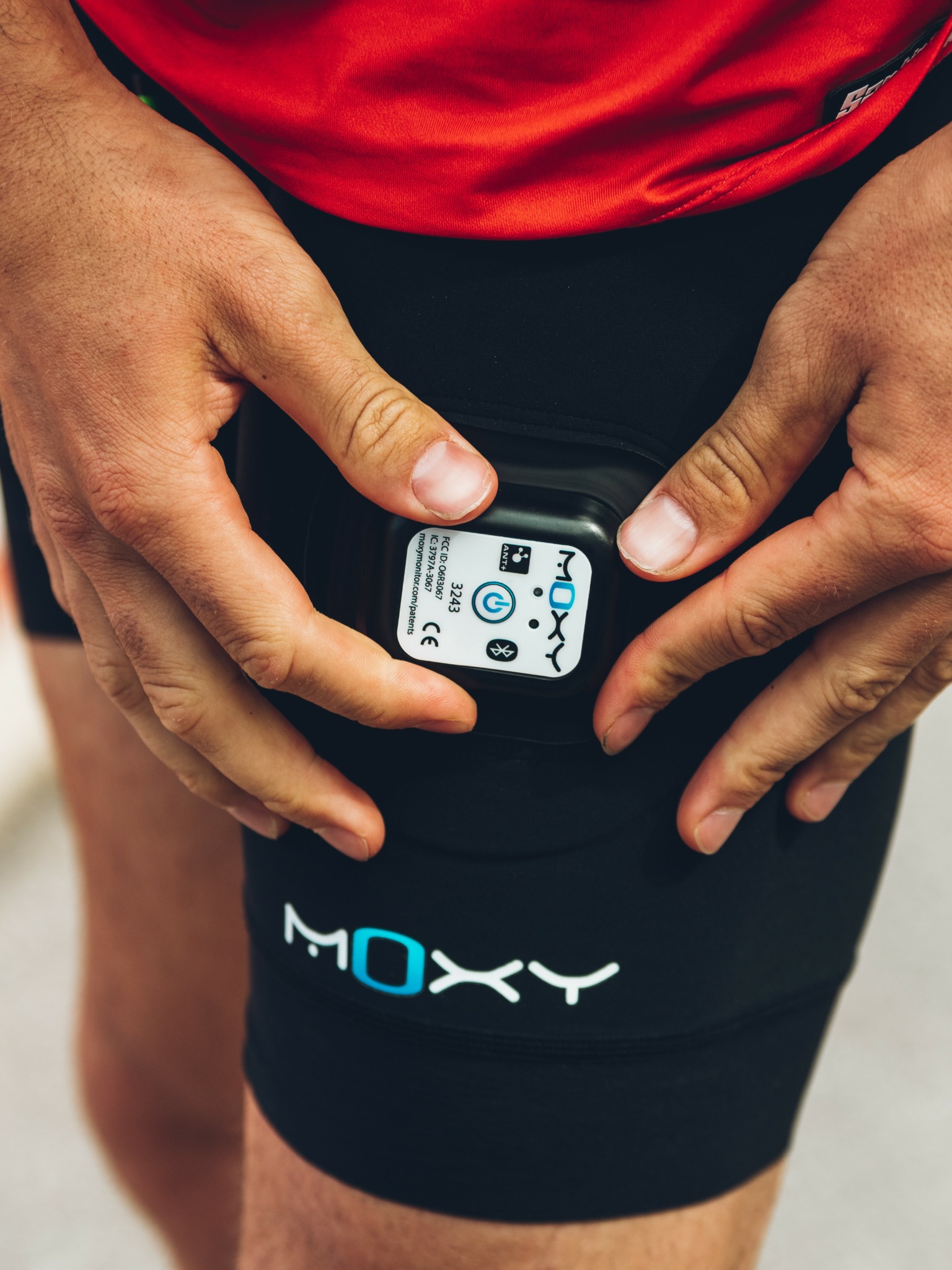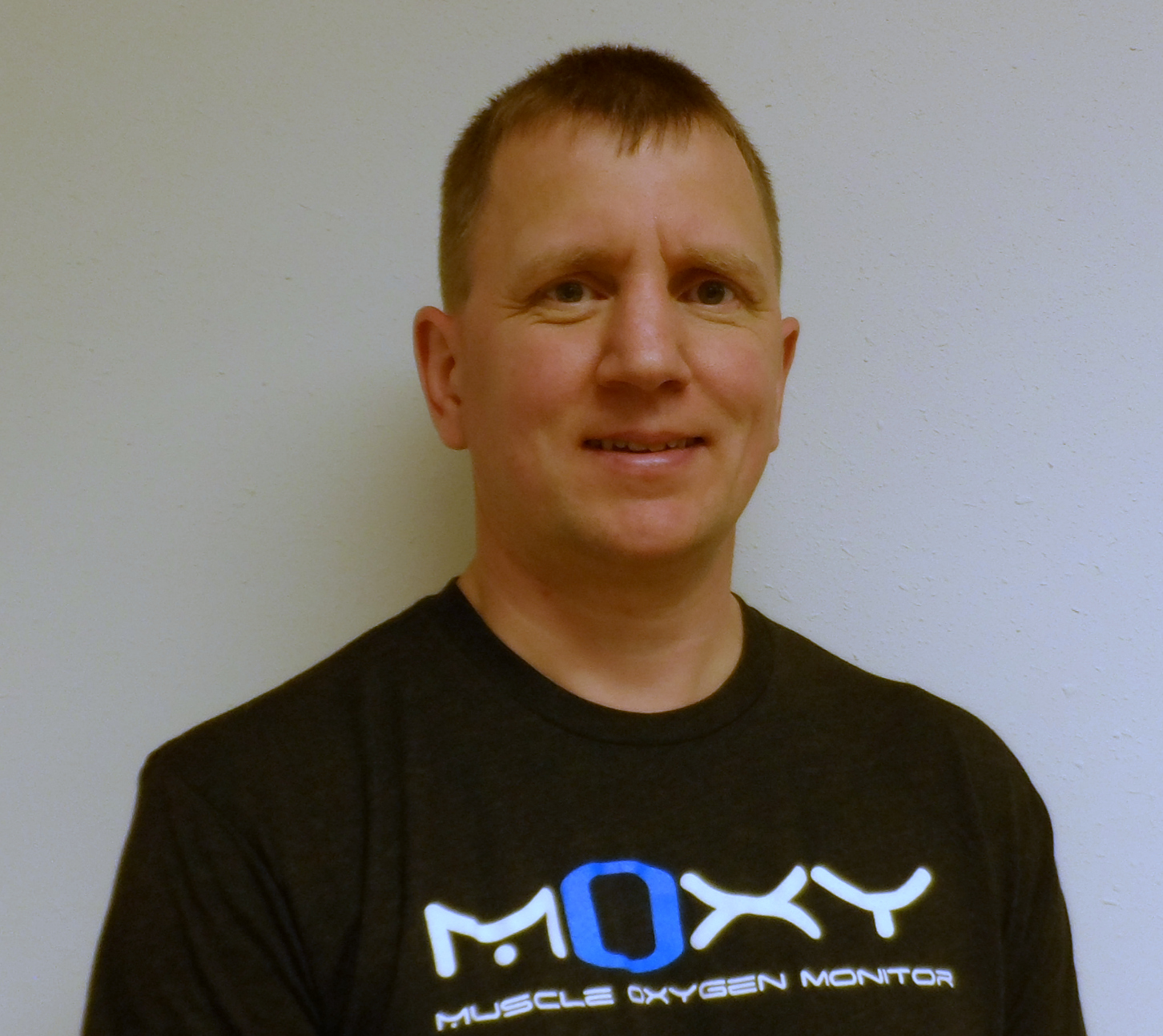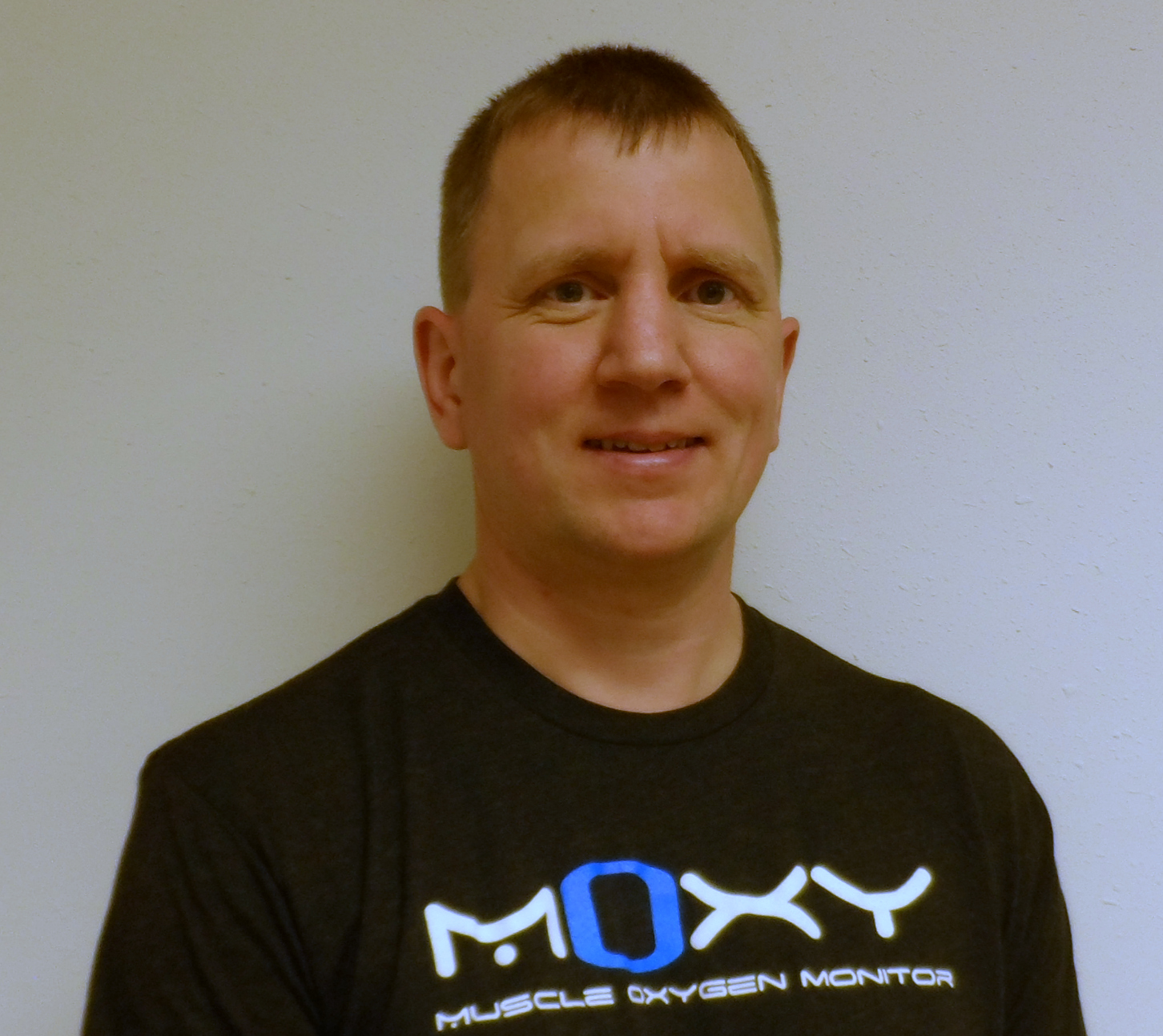We’re excited to introduce you to the always interesting and insightful Roger Schmitz. We hope you’ll enjoy our conversation with Roger below.
Roger, thanks for taking the time to share your stories with us today We’d love to have you retell us the story behind how you came up with the idea for your business, I think our audience would really enjoy hearing the backstory.
I learned the core of our technology at my previous job as a medical device engineer. Unfortunately, the business failed and my previous job was eliminated so I found myself without a job. I came up with a way to make the technology dramatically smaller, lower cost, and more accurate than anything anyone was doing in this space so I decided to pursue the idea on my own. My first instinct was to pursue medical applications because that was the space that I was coming from. I ended up having a meeting with a cardiologist with the University of Minnesota. We discussed the idea of using the technology to help patients with heart failure. The cardiologist was very enthusiastic. He said we could use it to adjust the patients’ medications and fine tune their pacemakers and identify when they were becoming decompensated. But they he said, “..but you will never get to market”. He told me that I was just one guys and it takes a huge amount of money to get through the FDA and it’s a difficult product to fund because it’s non-invasive. He said we should just make a device to help athletes train more effectively. Then we wouldn’t need to mess with the FDA He said athletes would love it. Also, it could be used for research (but not clinical applications) in heart failure patients too. So that was a big pivot about 12 years ago. Now, as I write this, several papers have been published using our device in heart failure research and I’m in Hawaii preparing to watch the Ironman World Championships tomorrow. Most likely several of the athletes on the podium also use our product. Just like the cardiologist predicted.

Awesome – so before we get into the rest of our questions, can you briefly introduce yourself to our readers.
My name is Roger Schmitz. I’m the founder and CEO of Moxy Monitor.
My background is in mechanical engineering. In the first part of my career, I designed automated machines to make parts for computer disk drives. Our machines used lasers for welding, bending, and measuring parts so I had to learn about optical systems on the job. The company started a medical division and ended up pursuing near infrared spectroscopy. I joined that group and learned the technology on the job and by taking summer courses in biomedical optics. I designed medical devices for them for 8 years. That business ended up failing for them and I got laid off.
I developed a way to make the technology much smaller, cheaper, and more accurate all at once so I decided to start my own company to pursue commercialization. My experience was in medical devices so that’s where I focused first. I met with a cardiologist at the University of Minnesota to discuss how the technology could help heart failure patients. He said something like, “This is great. We can use it to adjust their medication and their pacemakers… but you’ll never get it to market because of the FDA. You’re just one guy and it will cost millions to do all of the studies. You should just make it for athletes instead.” So I followed his suggestion and pivoted to making a device for high performance athletes.
So we put up a website and started making prototypes. We partnered with a sports physio that was using medical NIRS devices with his athletes and was very excited to help make an athletic version available. We got 40 people to commit to buying sensors if we built them so I maxed out the credit cards to buy the parts for 40 sensors and built them myself and we expanded from there.
Our two primary markets are high performance athletes and research. Our clients include Olympic medalist, triathlon world champions, professional sports teams and athletes in sports from rock climbing to motocross. Our sensors are used in over 100 research publications every year.
Our product is unique in this space due to it’s accuracy and its rugged design for athletic use.
I’m most proud of the client and customers that we are able to work with. We started a Moxy Summit event pretty early on where we would have our power users share some of the methods they developed and data that they collected so everyone could learn from them. This has grown into a well respected online conference and we’ve had presentations from the highest level trainers and researchers in the industry as well as presentations on high school science projects. It’s an awesome group to be a part of.

Alright – let’s talk about marketing or sales – do you have any fun stories about a risk you’ve taken or something else exciting on the sales and marketing side?
We often get requests for price discounts. I was advised by a mentor early on to avoid giving discounts because it was difficult to stop the price erosion. I had a particularly stubborn customer that was insisting on some type of discount. I told him that we didn’t do discounts but he wouldn’t give up. It was an international buyer and he said in his culture people would walk away from an order if there was no discount. I was worried I was going to lose him, but I held firm on my position.
So then he changed the subject to come at if from a different angle. He brought up that two of our competitors had recently gone out of business and that the devices no longer worked because they took down their Apps from the app stores. I told him that our device would continue to function even without our app so he didn’t need to worry about that.
But he persisted. He asked how he could know that we would stay in business where these other companies had failed. I told him that we would stay in business because we don’t give discounts. He ended up buying without a discount.

We often hear about learning lessons – but just as important is unlearning lessons. Have you ever had to unlearn a lesson?
I used to work for a large company. They had departments for HR, purchasing, legal, IT, and every other business function. We had systems for change control and budgeting and even how to write lab reports. It was quite a shock to transition from that to doing most of those things on my own. I had to relearn how to be nimble and how to function without having all of those support systems in place.
The biggest issue was figuring out what we could do without and what we needed to hire outside help for. It’s really amazing how much money you can save and how much faster you can make progress when you don’t get caught up in playing office and just focus on getting the important stuff done.
Contact Info:
- Website: https://www.moxymonitor.com
- Instagram: https://www.instagram.com/moxymonitor/
- Facebook: https://www.facebook.com/MoxyMonitor/
- Linkedin: https://www.linkedin.com/company/moxy-monitor
- Twitter: https://x.com/MoxyMonitor
- Youtube: https://www.youtube.com/moxymonitor




